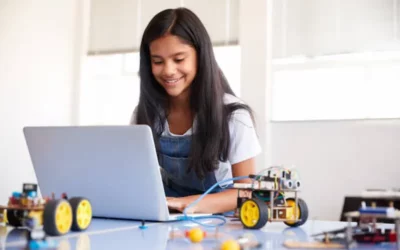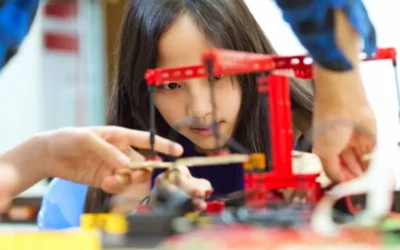Programming languages for kids encompass a range of options tailored to different age groups and skill levels. From block-based languages like Scratch and Blockly for beginners to text-based languages like Python for more advanced learners, these languages offer diverse opportunities for children to learn coding concepts in a fun and interactive manner, laying a strong foundation for their future in technology and innovation. Kid-friendly programming languages play a crucial role in introducing children to the world of coding by offering simplified syntax, visual interfaces, and interactive learning experiences. These languages make coding accessible and engaging for young learners, fostering their interest and confidence in programming from an early age.
In this blog, we delve into the world of kid-friendly programming languages, exploring how they nurture young minds in the realm of coding. From Scratch’s visual blocks to Blockly’s drag-and-drop interface, these languages offer intuitive tools for children to learn programming concepts with ease.
Table of contents
- Benefits of Introducing Coding Early
- Age-Appropriate Coding Languages
- Introduction to Scratch
- Blockly: Coding with Blocks
- Python for Young Programmers
- JavaScript Adventures
- Alice: 3D Programming for Kids
- Kodu: Visual Programming for Games
- Educational Robotics with Logo
- Parental Guidance in Kids’ Coding Journey
- Choosing the Right Kid-Friendly Language
- Balancing Screen Time for Healthy Learning
- Measuring Progress and Celebrating Achievements
- Benefits Beyond Coding Skills
- Conclusion
- Frequently Asked Questions ( FAQs )
Benefits of Introducing Coding Early
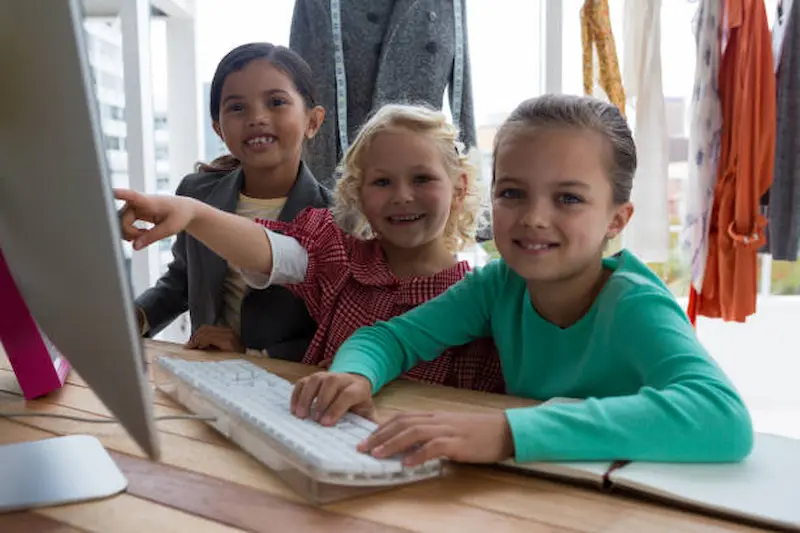
Introducing coding for kids at a young age offers numerous advantages. It cultivates critical thinking skills, logical reasoning, and problem-solving abilities from an early stage. Moreover, early exposure to coding fosters creativity and innovation, empowering children to express themselves through technology. Furthermore, learning coding early lays a strong foundation for future career opportunities in the ever-evolving digital landscape. By starting early, children develop a deep understanding of technology and its applications, preparing them for success in the digital age.
Age-Appropriate Coding Languages

A. Coding for Preschoolers (Ages 3-5)
For preschoolers, visual block-based languages like ScratchJr and Kodable are ideal. These languages use simple drag-and-drop commands to introduce basic coding concepts in a fun and interactive way, promoting early problem-solving skills and computational thinking.
B. Early Elementary Coding Languages (Ages 6-8)
Early elementary students can advance to more sophisticated block-based programming languages like Scratch and Blockly. These platforms introduce a broader range of coding concepts and projects, enabling kids to create animations, games, and stories while developing essential coding skills. Enrolling in coding classes for kids provides structured guidance and hands-on practice, making learning fun and interactive while building a strong foundation in programming.
C. Intermediate Coding Languages for Tweens (Ages 9-12)
Tweens can start transitioning to text-based languages like Python and JavaScript. These kids coding languages provide more flexibility and power for creating complex programs, challenging tweens to apply their coding knowledge to solve real-world problems and develop their own projects, preparing them for further exploration in the world of programming.
Introduction to Scratch

- Scratch is a beginner-friendly programming language and online community developed by MIT.
- It uses a block-based visual interface, allowing users to create interactive stories, games, and animations.
- Scratch emphasizes creativity and encourages experimentation through its drag-and-drop coding blocks.
- Users can share their projects with the Scratch community, gaining feedback and inspiration from others.
- Scratch coding for kids is widely used in educational settings to teach coding concepts to children and beginners.
- It provides a stepping stone for learners to transition to more advanced programming languages.
Blockly: Coding with Blocks
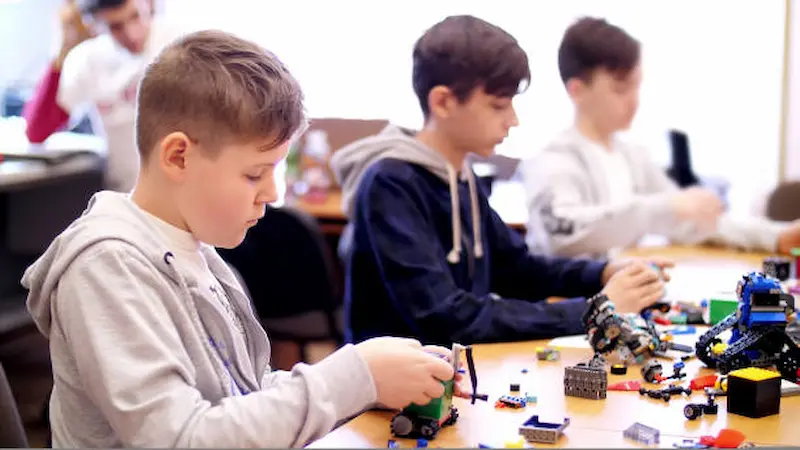
- Blockly is a visual programming language that uses blocks to represent code.
- It offers a beginner-friendly interface, making coding accessible to children and beginners.
- With Blockly, users can create programs by dragging and dropping blocks to form sequences.
- It teaches fundamental coding concepts such as loops, conditionals, and variables.
- Blockly supports various programming tasks, from simple animations to more complex algorithms.
- Its versatility and ease of use make it a popular choice for coding education in schools and at home.
Python for Young Programmers
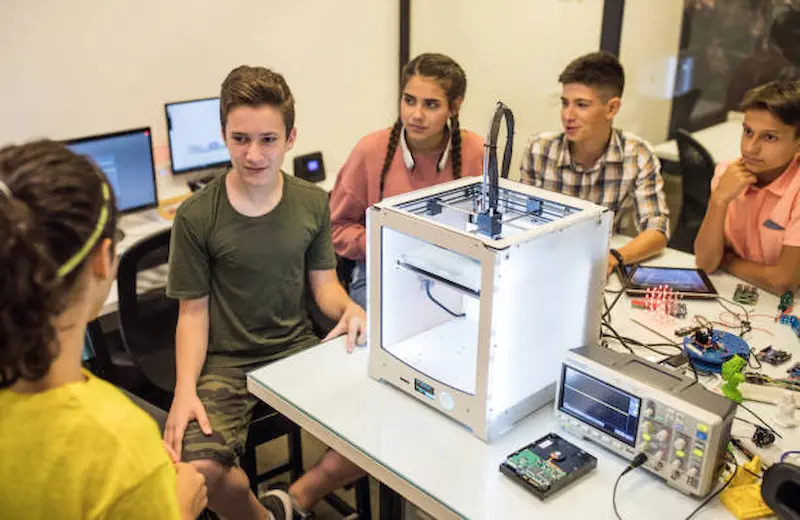
- Python is a versatile and beginner-friendly text-based programming language.
- Its simple syntax and readability make it ideal for young programmers to learn.
- Python for kids offers a wide range of applications, from web development to data science.
- Learning Python enhances problem-solving skills and computational thinking.
- It encourages creativity and innovation through project-based learning.
- Python’s popularity in industry and academia provides valuable career opportunities.
JavaScript Adventures
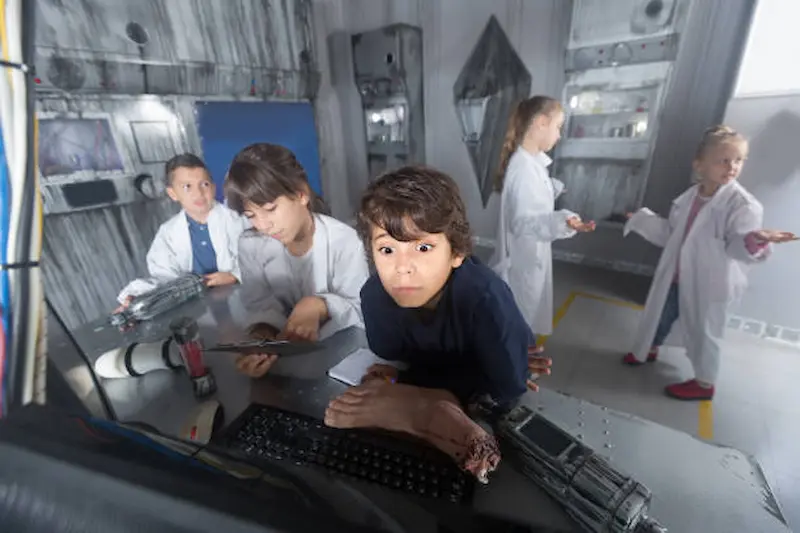
- JavaScript Adventures is an educational program aimed at teaching JavaScript programming to young learners.
- It offers hands-on projects and challenges to help students grasp fundamental concepts.
- Through JavaScript Adventures, students learn about variables, functions, and event handling.
- The program encourages creativity and problem-solving skills through the development of web-based games and applications.
- JavaScript Adventures prepares students for future endeavors in web development and programming.
- It fosters a passion for coding and empowers students to explore the possibilities of JavaScript.
Alice: 3D Programming for Kids
- Alice is a 3D programming environment designed to introduce kids to computer programming concepts.
- It utilizes a drag-and-drop interface, making it accessible to young learners without prior coding experience.
- Alice allows kids to create interactive 3D animations and stories, engaging their creativity and imagination.
- Through visual programming in Alice, kids learn fundamental coding principles like sequencing and loops.
- Alice provides a fun and interactive way for kids to develop problem-solving skills, logical thinking, and leadership skills for kids.
- It serves as a stepping stone for kids to transition to more advanced programming languages.
Kodu: Visual Programming for Games
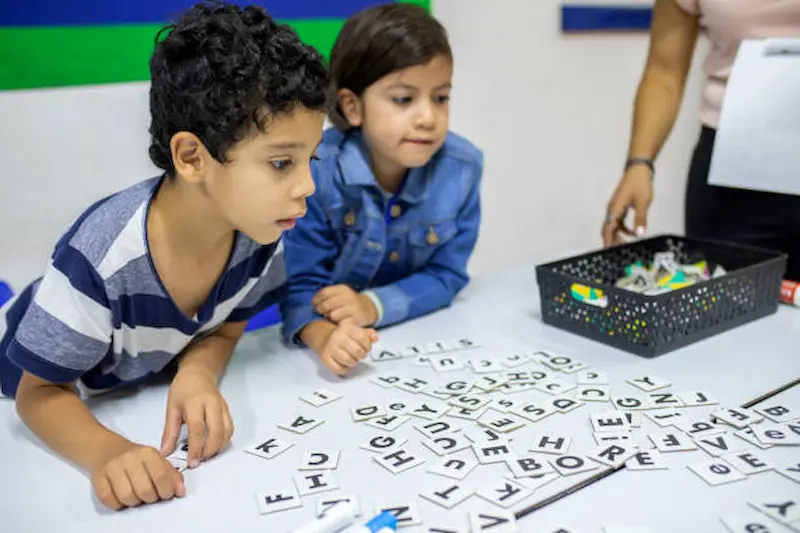
- Kodu is a visual programming language specifically designed for creating games.
- It features a simple, icon-based interface, making it accessible to children and beginners.
- With Kodu, users can design and customize their own 3D games without needing to write code.
- It introduces programming concepts such as conditional statements and variables in a fun and interactive way.
- Kodu encourages creativity and problem-solving skills through game design.
- It empowers young learners to express themselves and bring their game ideas to life.
Educational Robotics with Logo
Logo, an educational programming language, integrates seamlessly with robotics for kids to provide hands-on learning experiences. Through Logo, students can control robots to perform tasks and solve challenges, enhancing their understanding of programming concepts in a tangible way. By programming robots to navigate mazes or accomplish specific objectives, students develop problem-solving skills, logical reasoning, and computational thinking. Educational robotics with Logo not only makes learning coding fun and engaging but also prepares students for future STEM endeavors and real-world applications.
Parental Guidance in Kids’ Coding Journey

Parents play a crucial role in supporting their children’s coding journey. They can start by providing access to age-appropriate coding resources and encouraging exploration. Offering parenting advice, guidance, and assistance when needed fosters a positive learning environment and boosts confidence. Moreover, parents can actively engage with their children’s coding projects, showing interest and celebrating achievements.
By demonstrating enthusiasm and involvement, parents not only nurture their children’s coding skills but also reinforce the importance of persistence, creativity, and problem-solving in their overall development.
Choosing the Right Kid-Friendly Language
- Consider the child’s age, interests, and learning style when selecting a programming language.
- Choose languages with visual interfaces and drag-and-drop features for younger children.
- Look for languages that offer engaging projects and interactive tutorials to keep kids motivated.
- Prioritize languages with a supportive online community and resources for additional learning.
- Consider the long-term applicability and versatility of the language beyond introductory stages.
- Evaluate the language’s potential for fostering creativity, problem-solving skills, and logical thinking.
Balancing Screen Time for Healthy Learning

Maintaining a balance between screen time and other activities is crucial for healthy learning habits. While coding often involves using digital devices, it’s important to incorporate offline activities to promote physical activity, social interaction, and rest. Setting boundaries and scheduling breaks can help prevent screen fatigue and maintain focus. Additionally, educational guidance that encourages outdoor play, hobbies, and family time fosters a well-rounded lifestyle, supporting overall well-being and cognitive development in children engaged in coding activities.
Measuring Progress and Celebrating Achievements
Tracking progress and celebrating achievements are essential components of any learning journey. In coding education, monitoring students’ advancements allows educators to tailor instruction to individual needs and ensure mastery of key concepts. Moreover, acknowledging milestones and successes fosters motivation, confidence, and personal development among learners. Whether it’s completing a challenging project or mastering a new coding skill, celebrating achievements reinforces the value of effort and dedication while inspiring continued growth and learning in the field of coding.
Benefits Beyond Coding Skills

The benefits of learning to code extend far beyond acquiring technical skills. It fosters problem-solving abilities, critical thinking skills for kids, and resilience in tackling challenges. Moreover, coding promotes creativity, innovation, and collaboration, essential skills in today’s interconnected world. Additionally, it instills a growth mindset, teaching individuals to persist through setbacks and iterate on their solutions. Exploring computer programs for kids can reinforce this mindset by providing them with challenges and opportunities to learn from mistakes and improve their coding skills.
Ultimately, coding education equips learners with valuable life skills that are applicable across various fields, paving the way for success in the digital age.
Conclusion
Kid-friendly programming languages are designed with simplicity and accessibility in mind, offering intuitive interfaces and engaging activities to make learning to code enjoyable for children. These languages often utilize visual elements, such as blocks or drag-and-drop features, to teach coding concepts in a way that is easy for young learners to grasp. By providing a supportive environment for exploration and creativity, kid-friendly programming languages empower children to develop essential skills in problem-solving, logical thinking, and computational thinking.
Elevate your child’s learning journey with BrightChamps, the leading EdTech company offering a transformative blend of robotics, financial education, and coding courses.
To get your hands on more such articles, educational content, and free resources on coding for kids, robotics courses, game development, etc., check out the BrightCHAMPS Blog Page now!
Frequently Asked Questions ( FAQs )
A1. Some popular kid-friendly programming languages for beginners include Scratch, Blockly, and Python for Kids.
Q2. How do kid-friendly programming languages differ from traditional languages in terms of learning curve?
A2. Kid-friendly programming languages often have simpler syntax, visual interfaces, and interactive tutorials, making them more accessible and reducing the learning curve compared to traditional languages.
Q3. Are there online resources available to help kids learn programming using kid-friendly languages?
A3. Yes, there are numerous online resources like interactive tutorials, coding games, and educational platforms dedicated to helping kids learn programming using kid-friendly languages.
Q4. Can you recommend a specific kid-friendly programming language suitable for different age groups?
A4. Blockly is suitable for younger children, Scratch is ideal for elementary schoolers, and Python for Kids is recommended for tweens and teens.
Q5. What benefits do children gain from learning programming through kid-friendly languages at an early age?
A5. Learning programming through kid-friendly languages at an early age fosters problem-solving skills, creativity, logical thinking, and prepares children for future STEM-related opportunities in an increasingly digital world.

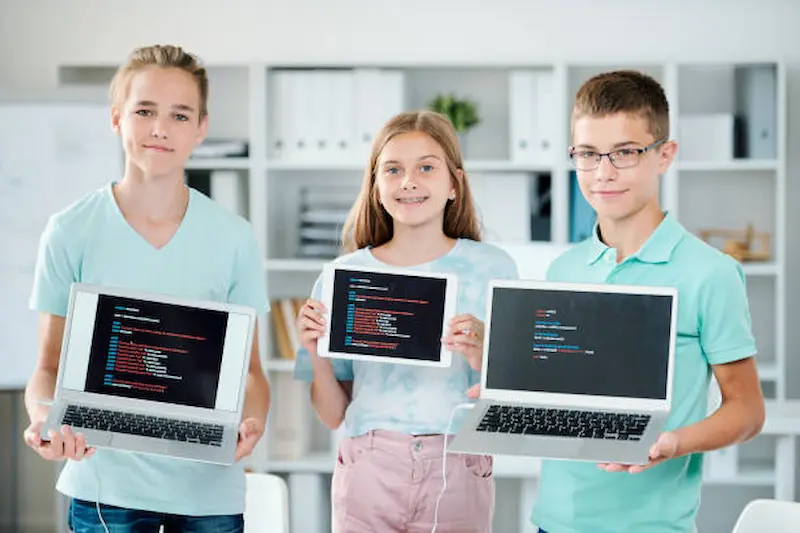
 We are an army of educators and passionate learners from BrightChamps family, committed to providing free learning resources to kids, parents & students.
We are an army of educators and passionate learners from BrightChamps family, committed to providing free learning resources to kids, parents & students.










